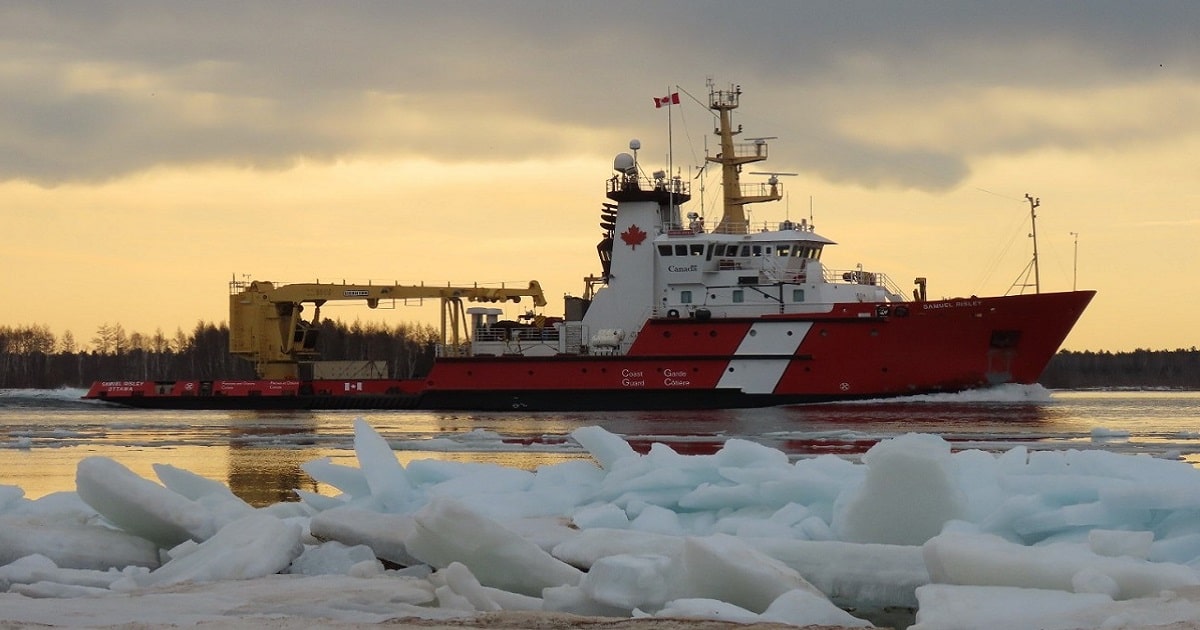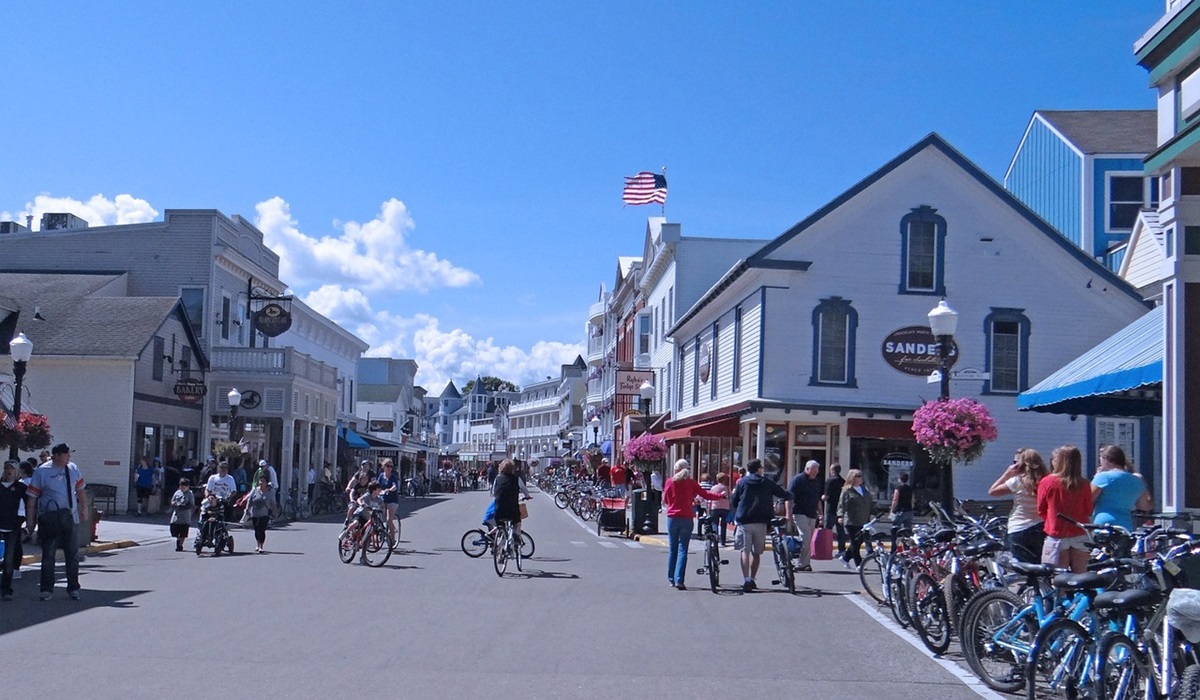In 2020-2021, both Coast Guards directly assisted 156 ship transits on the Great Lakes.
The Canadian Coast Guard’s (CCG) annual icebreaking season on the Great Lakes, which provides assistance to the shipping industry, is underway. Working in partnership with the United States Coast Guard (USCG) District 9, the CCG has two icebreakers assigned to the Great Lakes for the entire winter season: CCGS Griffon and CCGS Samuel Risley. These vessels are supported as required by additional CCG vessels after the St. Lawrence Seaway reopens in March 2022.
Icebreaking requests are coordinated by CCG’s Ice Office in Montreal. CCG and USCG officials hold daily operational conference calls with industry representatives to provide updates on ice extent, concentration, and thickness. Environment and Climate Change Canada provides regular updates on ice conditions through satellite imagery and ice reconnaissance flights, using both CCG and USCG helicopters.
“Year after year, the Canadian Coast Guard provides its essential icebreaking services; a direct contributor to Canada’s economy and maritime commerce. Along with the United States Coast Guard, our icebreaking services support and allow both economies to continue to grow, ensuring maritime shipping on the Great Lakes can be done efficiently and safely. The Canadian Coast Guard is proud to support industry and communities, and to play an integral role in safety across the Great Lakes.” Mario Pelletier, Commissioner, Canadian Coast Guard
As the COVID-19 pandemic continues to evolve, CCG is working closely with organizations and governments, industry, and other partners to make decisions based on the best guidance available from federal, provincial, and municipal health authorities. The safety of our people is our highest priority, and our policies and procedures are flexible and are adapted as the COVID-19 situation evolves.
Marine Communications and Traffic Services in Sarnia, ON, and Prescott, ON, are in contact with mariners 24-hours-a-day providing information, managing marine traffic, and responding to calls for assistance. Winter maritime search and rescue operations are coordinated by the Joint Rescue Coordination Centre in Trenton, ON. CCG icebreakers and other vessels may be called upon to help. Aircraft from the Department of National Defence and USCG are also involved in maritime search and rescue operations, as necessary.
In addition to icebreaking for the shipping industry, both Coast Guards work to prevent the formation of ice jams and flooding in communities. Problems occur when ice accumulates and blocks the flow of a river. That obstruction, known as an ice jam or ice plug, can cause flooding as water builds up and overflows the banks. Coast Guard ships are also at the ready to respond to environmental incidents or other urgent or humanitarian emergencies.
All ice surface users should plan their ice activities carefully, use caution on the ice, and avoid shipping lanes and icebreaking operations. Broken and fragmented ice tracks and ridging left behind by passing icebreakers or commercial vessels may not freeze over immediately. This can result in hazardous conditions for ice users. In addition, newly fallen snow will obscure ship tracks. Unsafe ice conditions can persist long after icebreakers have left the area.
Although the St. Lawrence Seaway, Welland Canal and Sault Ste. Marie Locks are closed during the winter months, shipping is still active on the Great Lakes and connecting waterways, including Lake Erie, Detroit River, Lake St. Clair, St. Clair River, Lake Huron, St. Marys River, and Georgian Bay.
In 2020-2021, in Central Region including the Great Lakes, the Canadian Coast Guard responded to 195 requests for icebreaking.
Between December 21, 2020, and April 4, 2021 (last day of icebreaking), CCGS Griffon and CCGS Samuel Risley travelled 13,740 nautical miles escorting commercial vessels through the ice, opening shipping routes and breaking out ports throughout the Great Lakes.









